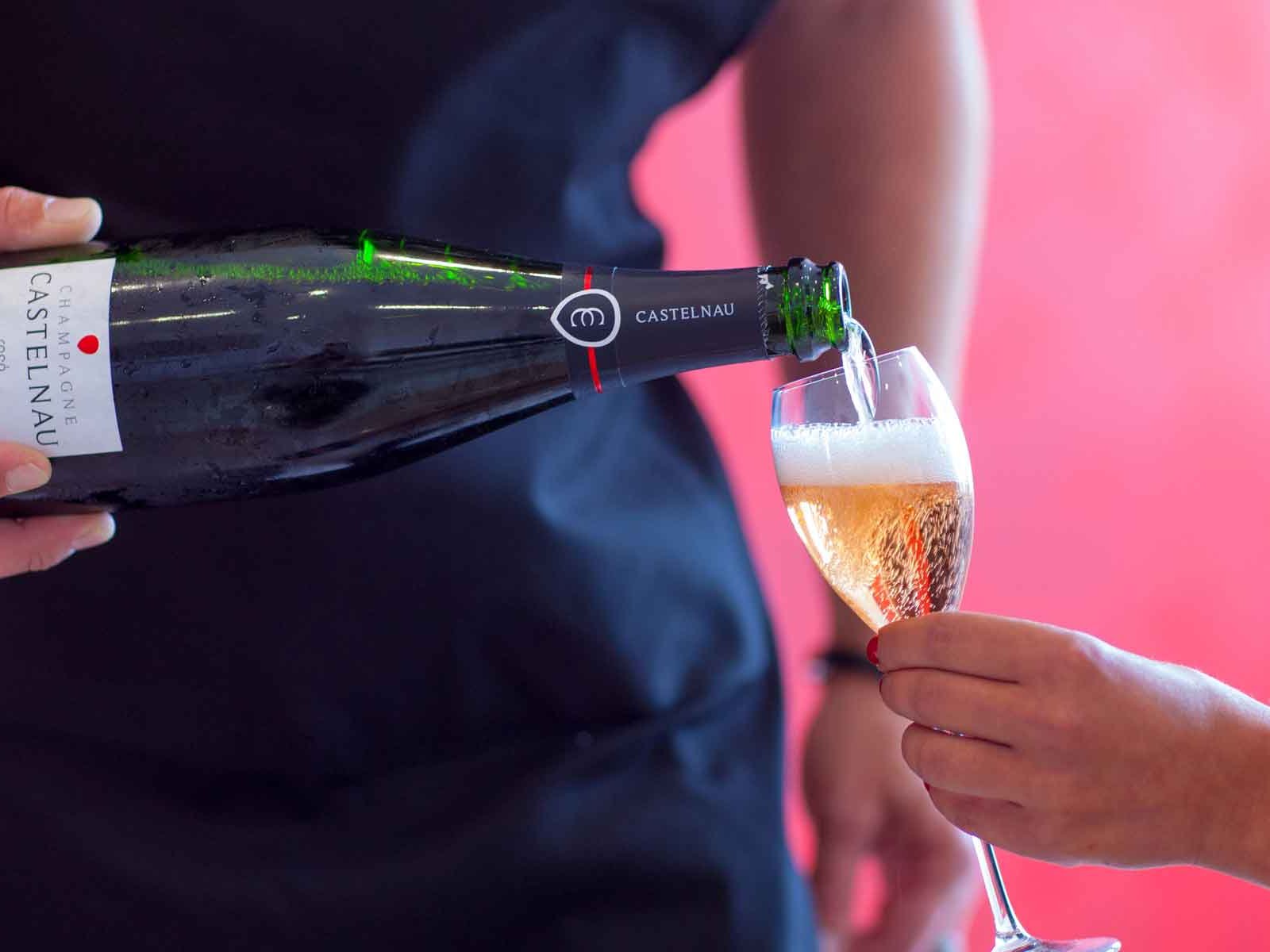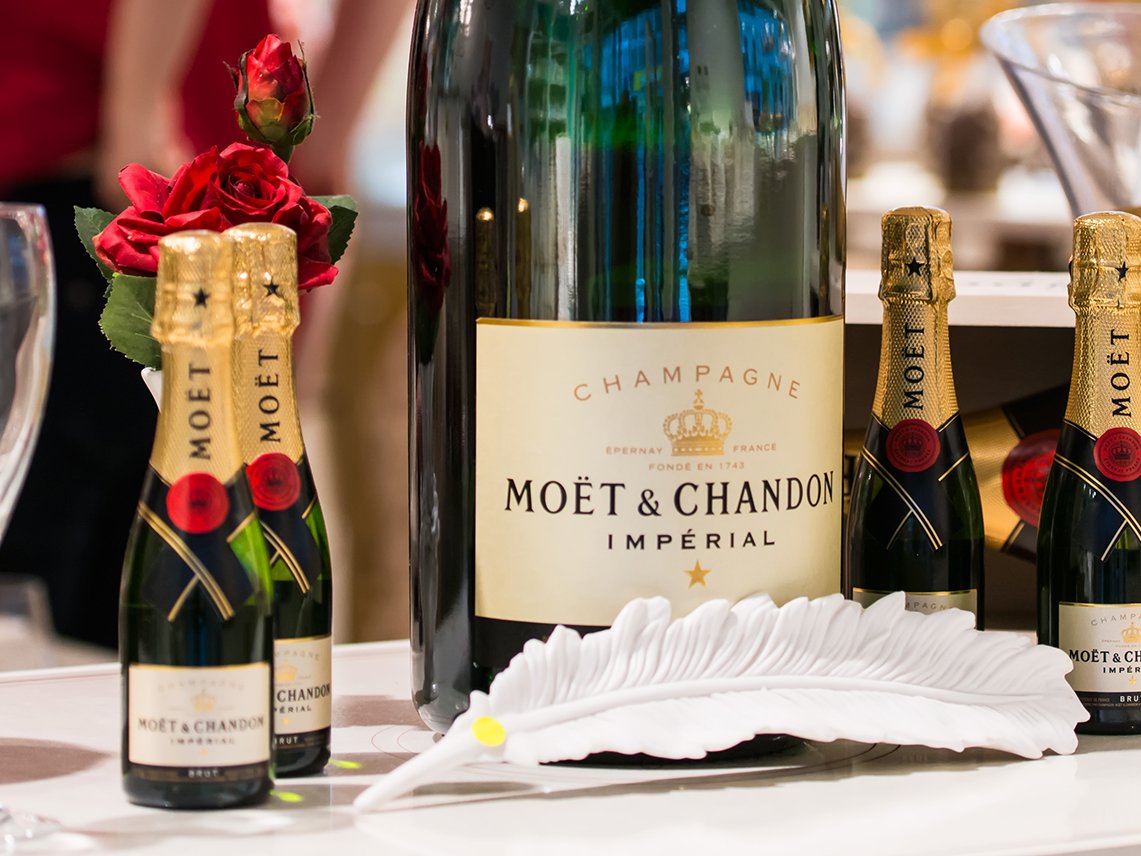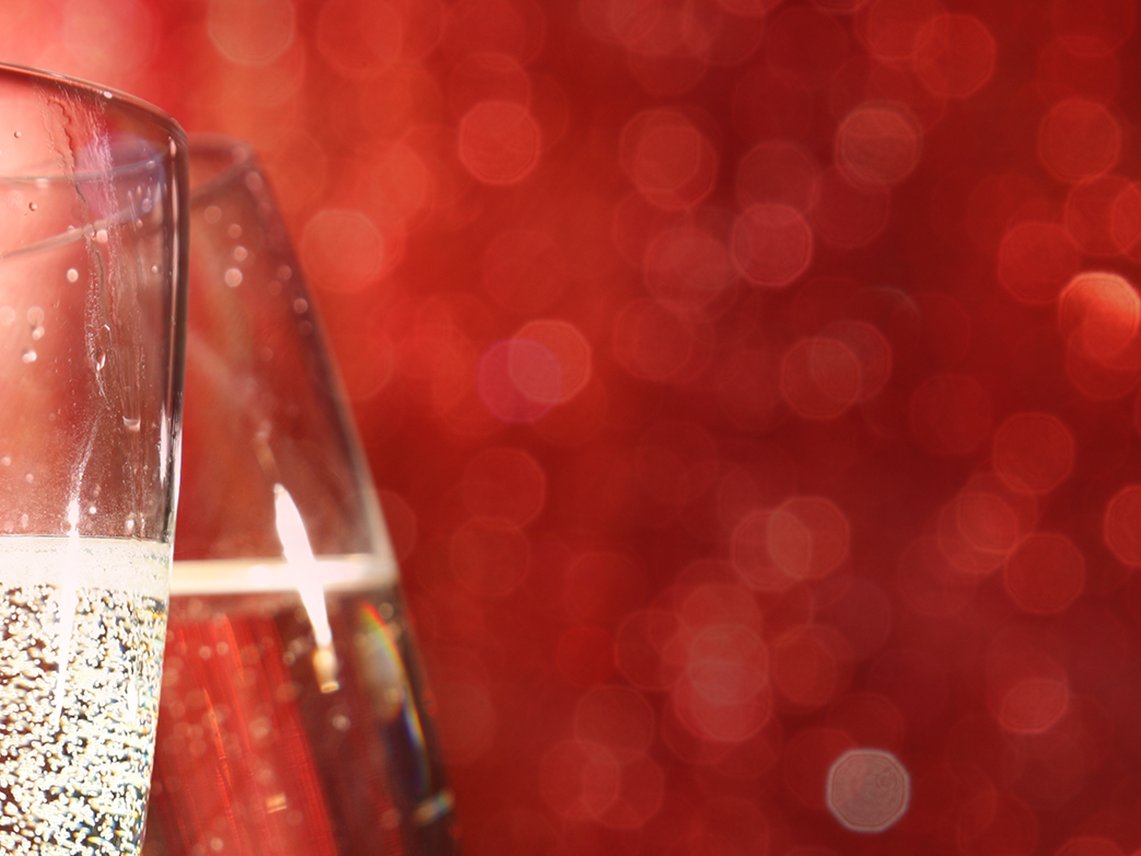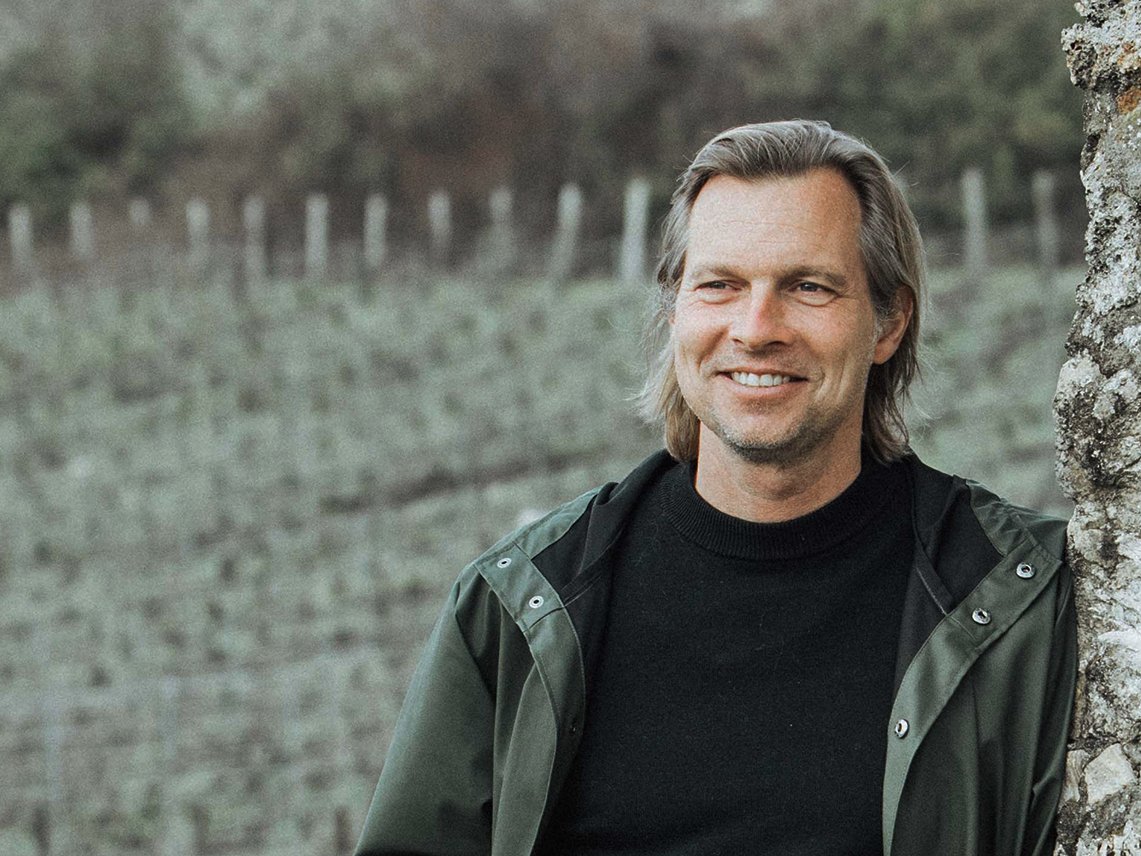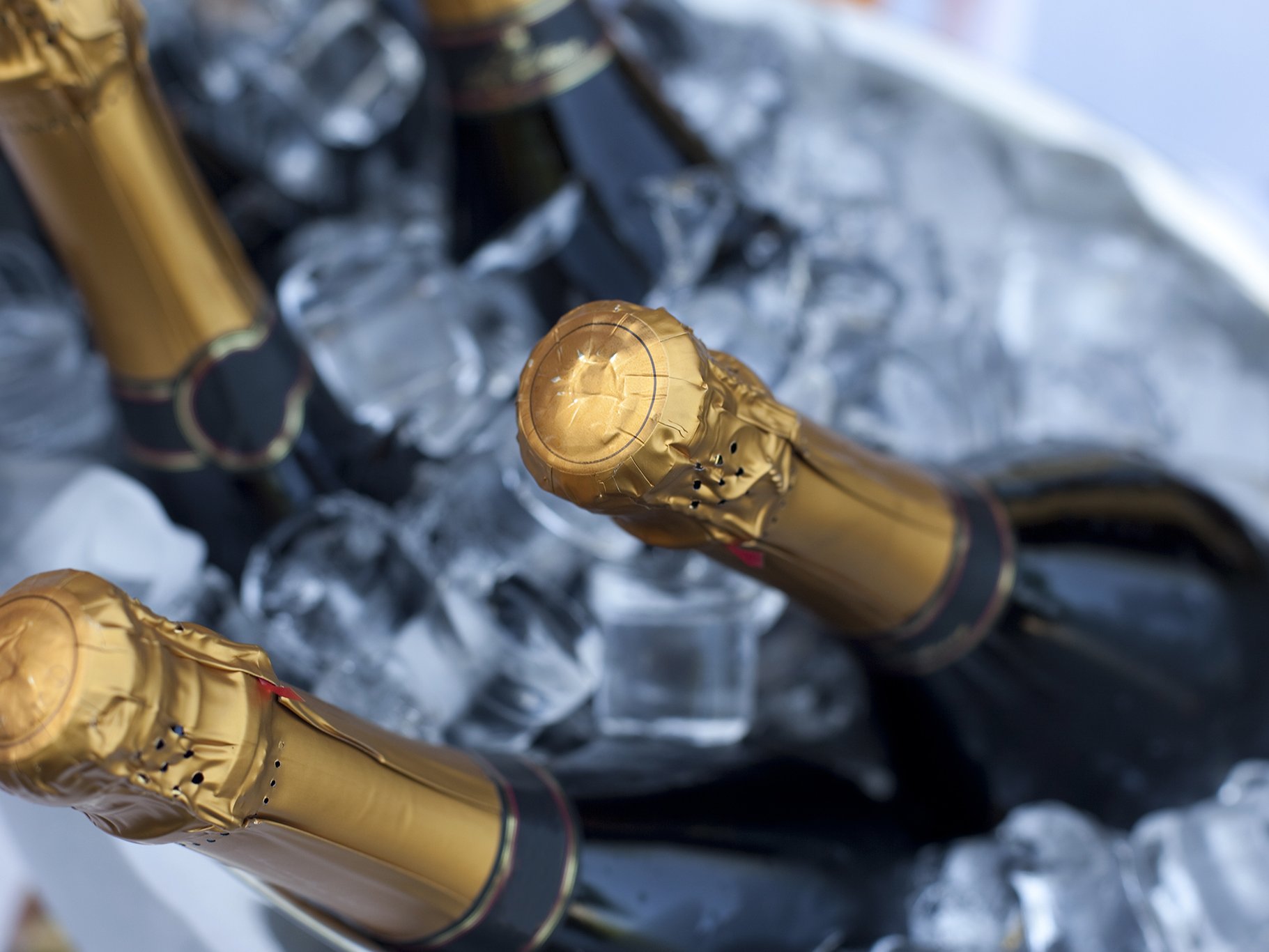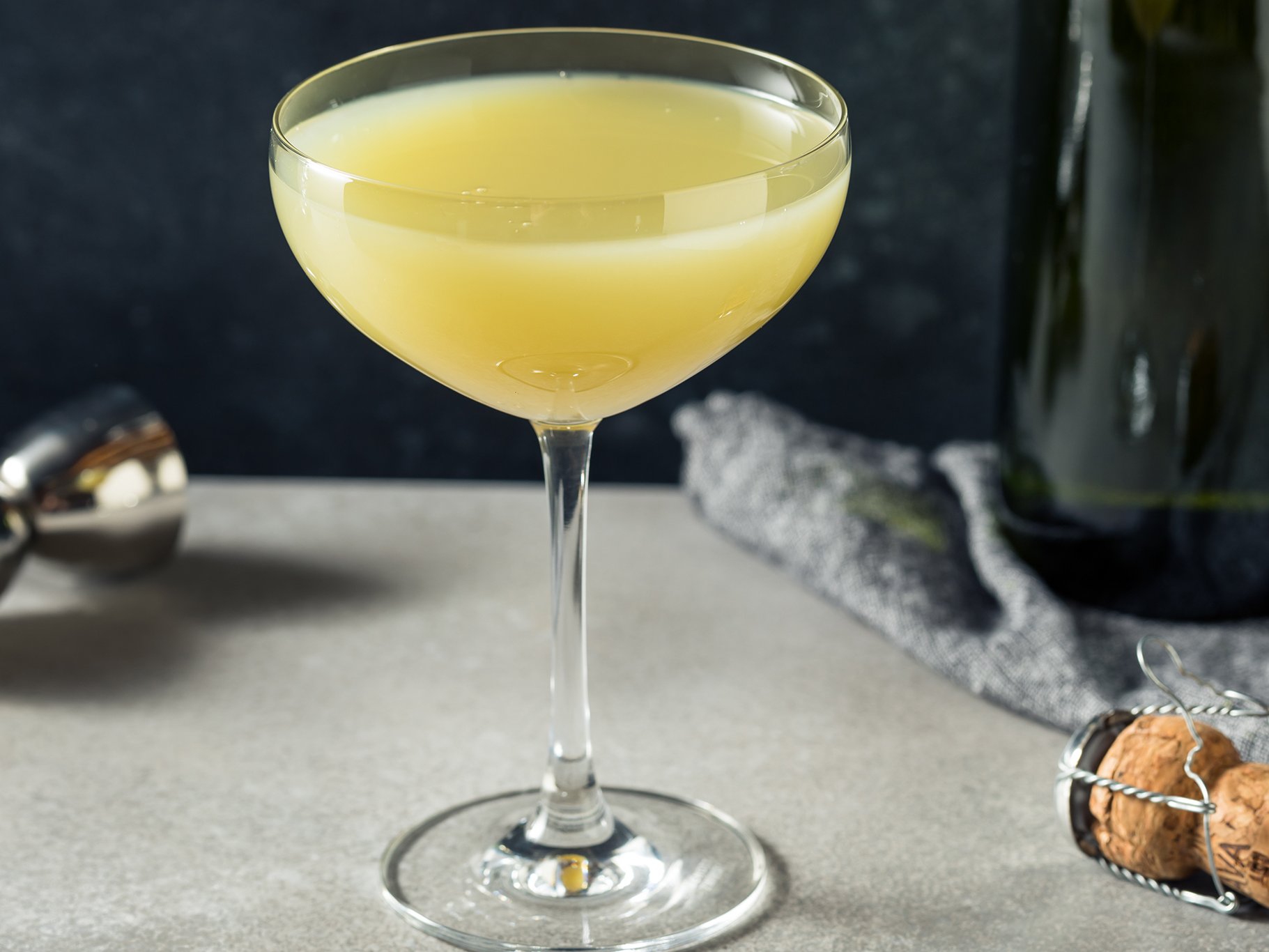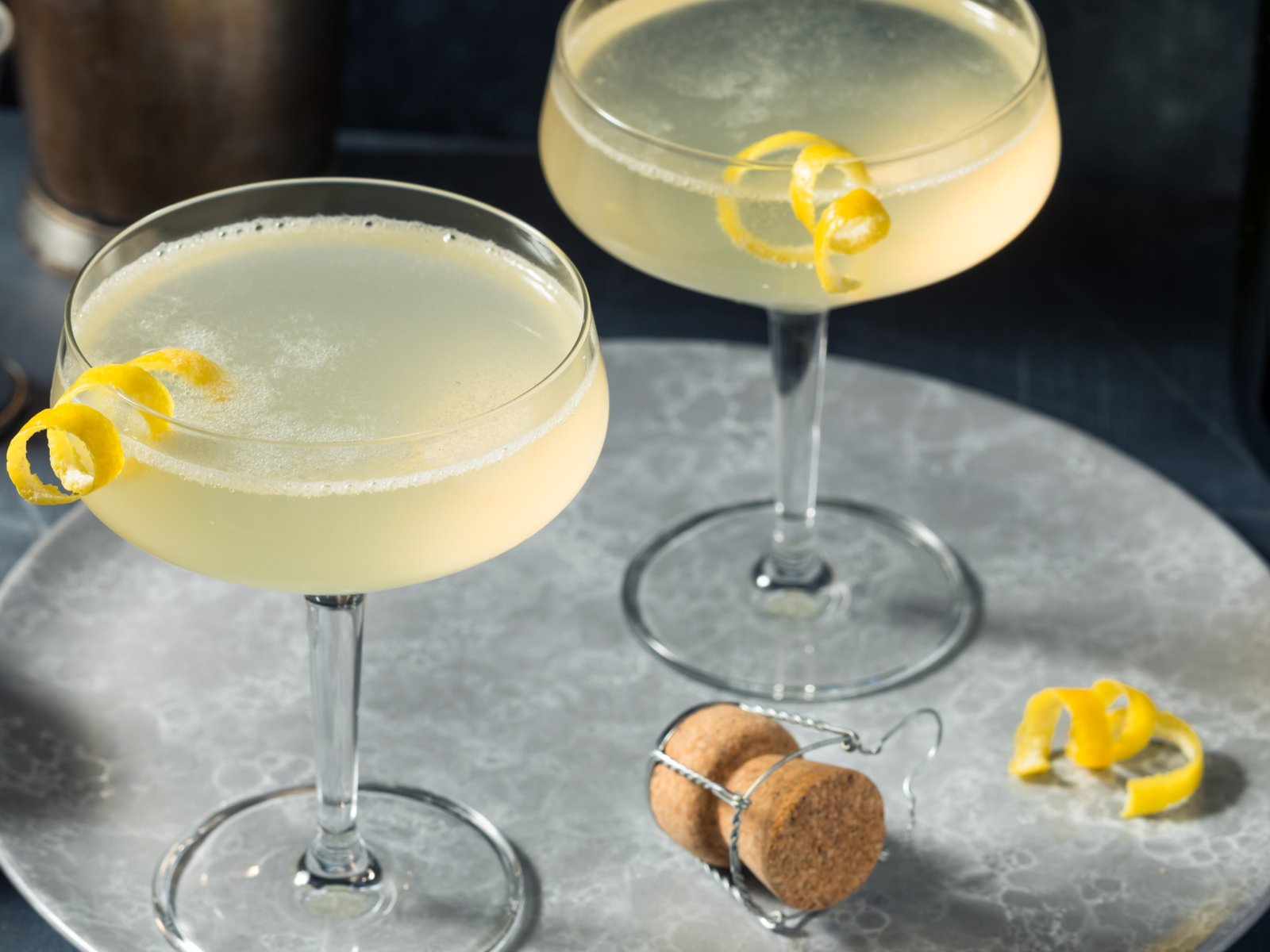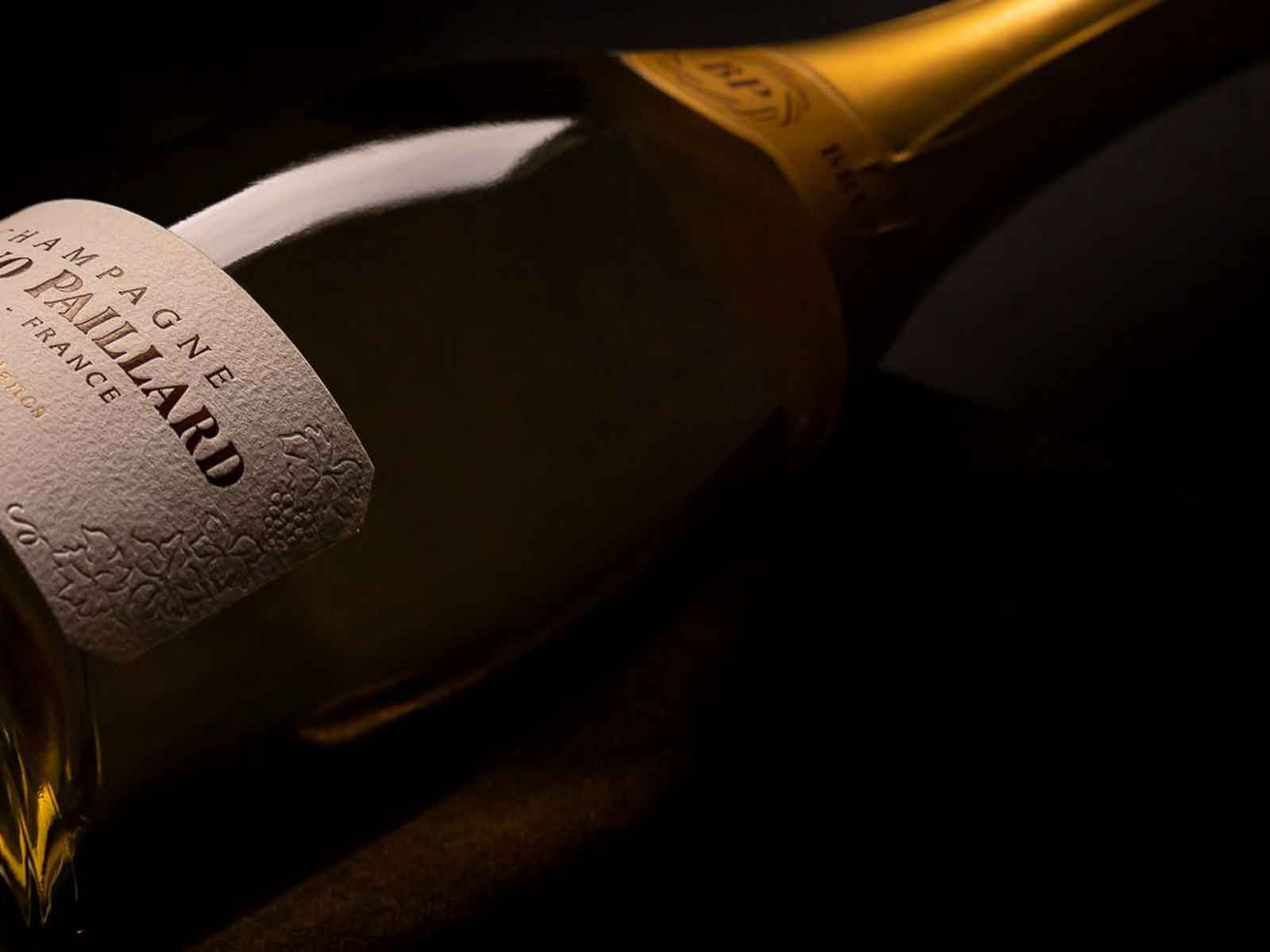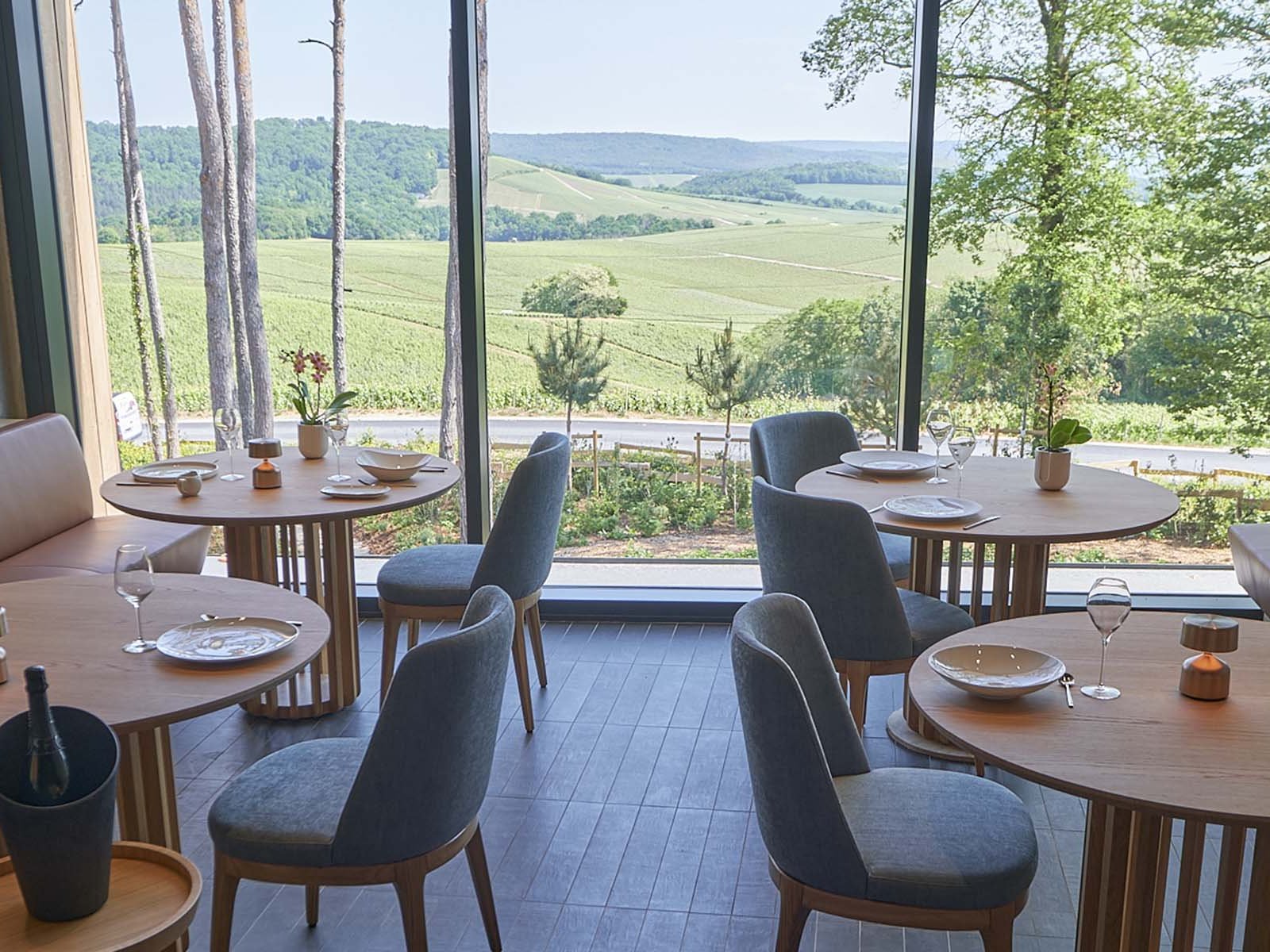Henri Giraud – Unusual Champagnes
The forest of Argonne and so-called perpetual reserves play a key role in the unusual and gastronomic Champagnes of Henri Giraud.
The forest
“The Argonne forest is 70 kilometres northeast of Aÿ,” says Stéphane Barlerin, sales director at Champagne Giraud, based in the village of Aÿ in the heart of Champagne. “The soil is very poor there, the soil is very special. The oak trees grow very, very slowly and so you have a very fine grain of wood – wood that is very dense and thus perfect to vinify the delicate wines of Champagne.” Indeed, the soils in the area are special: the trees grow on so-called gaize soil, a porous, fragmental Cretaceous rock with an unusually high silica content. The forest is managed by the Office National des Forêts, France’s national forestry agency, but the Champagne house selects and buys the oak trees its barrels are made from. So far, Giraud has also helped to plant more than 50,000 new trees in the forest.
The terroir of barrels
It is in fact the cellar master, Sébastien Le Golvet, who selects the mighty oaks which are then felled and split. The split staves then weather and dry in the open air for three to five years and local Champenoise cooperages craft the 228-litre barrels. However but the toasting – a key process in barrel making – is done by Le Golvet. He toasts the barrels “for a very long time and at very low temperature.” The barrels are then used over five to six years for the fermentation of the base wines at Giraud. “Within the forest, we have identified different terroirs,” Barlerin says. “One is called Châtrices, it will give you a lot of sharpness, however, La Chalade will give a lot of roundness. The same wine vinified in Châtrices or Chalade will give you a different Champagne. We make 100-200 barrels each year and use them for an average of six years. This means we have around 1,200 barrels in the domaine.”
The real secret: perpetual reserves
Since not all the wines are vinified in new oak, the oak flavours are mostly subtle – what is striking, though, is the texture and depth of these Champagnes. Since Giraud is based in Aÿ, a village famed for its Pinot Noirs, most of the Champagnes – apart from the Blanc de Craie – are mostly Pinot Noir based, displaying the typical structure and body of these wines. What adds extra depth, however, is not only the oak but also the practice of using a so-called perpetual reserve. Unless a vintage is stated on the label, Champagnes are usually blended from numerous vintages.
Some houses keep their reserve wines strictly separate, by vintage, by vineyard, by grape variety – so they can use all these different elements in creating and calibrating each year’s blend. Others houses top up one reserve wine every year. This is what is known as perpetual reserve: depending on how old this reserve is, it will have immense depth of flavour – and still contain an infinitesimal part of its first year’s wine.
At Champagne Henri Giraud, each Champagne blend has its own particular perpetual reserve, all of which were started in 1990. The reserves thus are blends of all the vintages between 1990 and now – they are simultaneously mature and fresh. And more so than the barrel vinification, it is the large blendng proportion of these reserves that add a most wonderful extra dimension to these Champagnes that are deeply textured, and deeply savoury.
Rosé – the exception to the rule
The only Giraud Champagne whose base wines are not vinified in barrel is the rosé wine, Dame-Jane Rosé NV. The base wines for this copper-coloured Champagne are fermented in a 500-litre amphorae – and just like the barrels, this particular amphorae is special, too. It is made from a blend of terracotta and kaolin, so the terracotta can be fired at higher temperatures than usual, making it less porous.

